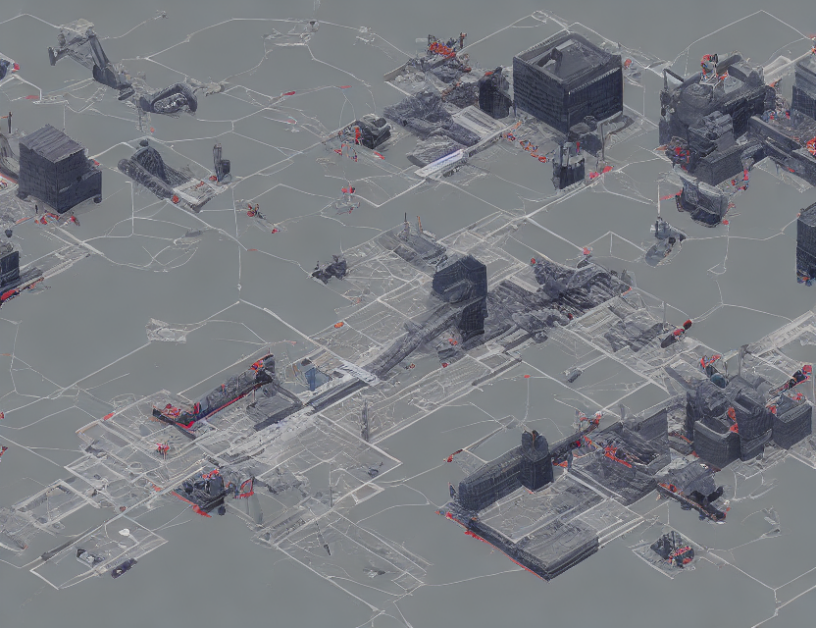In this article, we explore the impact of artificial intelligence (AI) on the labor market and the role of education in preparing workers for the challenges that lie ahead. The authors argue that AI has the potential to significantly alter the nature of work, making some jobs obsolete while creating new ones. They propose a framework for understanding how AI can complement human labor, focusing on the long-term impact of any automation technology.
The authors begin by highlighting the limitations of traditional approaches to understanding the impact of AI on the labor market. These approaches often focus on the direct substitution of human labor with machine learning algorithms, without considering the broader context in which work is performed. To address this limitation, the authors propose a macroscopic approach that considers the interplay between technology and human labor in an aggregated manner.
The authors then delve deeper into the crucial factors that determine the ability of AI to complete various tasks. They suggest that any cognitive task performed by humans can be represented as a function that maps input parameters (such as paragraphs in one language) to desired output (correct translation in another language). This framework allows for a more nuanced understanding of how AI can complement human labor, as it recognizes the unique aspects of each technology.
The authors also examine the role of education in preparing workers for the challenges posed by AI. They argue that while traditional measures of education, such as degree attainment, may be insufficient for preparing workers for a rapidly changing job market, there are other factors that can help mitigate the impact of automation. These include task routineness, which refers to the repetitive nature of certain tasks and the likelihood that they will be automated; and the level of education, which can influence an individual’s ability to adapt to new technologies.
The authors conclude by highlighting the limitations of their framework and acknowledging that there are many factors at play when it comes to understanding the impact of AI on the labor market. However, they argue that their approach provides a more comprehensive understanding of the interplay between technology and human labor, and can help inform policy decisions aimed at preparing workers for the challenges ahead.
In summary, this article offers a nuanced perspective on the impact of AI on the labor market, highlighting the complex interplay between technology and human labor. The authors propose a framework for understanding how AI can complement human labor, emphasizing the importance of considering the broader context in which work is performed. By focusing on the long-term impact of any automation technology and acknowledging the unique aspects of each technology, this framework offers a more comprehensive understanding of the challenges posed by AI to the job market.
Artificial Intelligence, Computer Science
AI in Translation: From Cold War to Deep Learning



